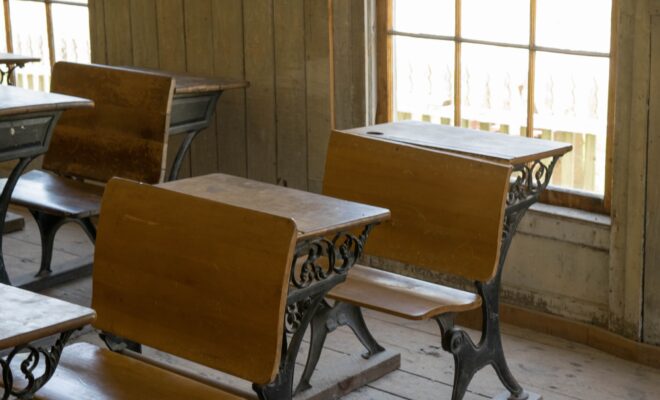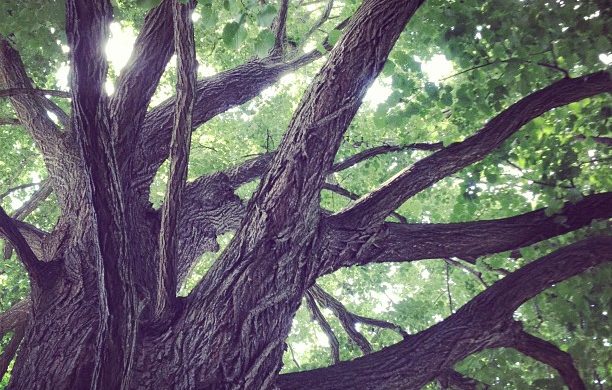The Texas Hill Country is filled with history, some of it more hidden than others. If you are in an adventurous mood, go hunting for Lindendale. For GPS mappers, the latitude and longitude are 30° 6′ 43″ N / 98° 37′ 55″ W. For those who search on phones, computers, and paper, this very small community is located about 18 miles west of Blanco and 24 miles northeast of Boerne, on Farm to Market Road 1888 in northeastern Kendall County. Here, in this unincorporated site, is a remnant of the past: a one-room school.
Settlers first came to the area in the 1860s. Among them were Valentine Gates and his family. Gates was a horticulturist and nurseryman whose lifelong interest was in the cultivation of fruit trees. After constructing a home, he planted an apple orchard. This type of orchard was the first of its kind in the Hill Country. During his time here, Gates propagated hundreds of apple, peach, and pear trees until his death in 1912. According to T.E. Patton, grandson of Gates, one of the most difficult aspects of keep fruit orchards was finding ways to keep out hungry wildlife. Somethings never change out here!




